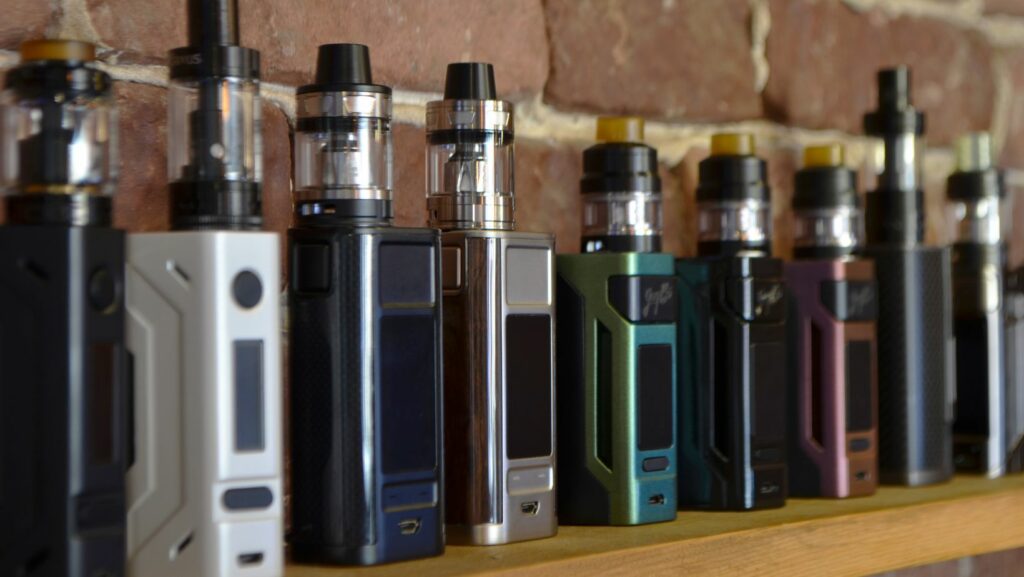
Vaping has grown beyond just a trend or smoking alternative; it has become a significant part of contemporary youth culture, influencing everything from social behavior to fashion and even the way people express themselves. Once primarily associated with smokers trying to quit, vaping has evolved into a lifestyle choice embraced by millions worldwide. As the vape industry continues to expand, it’s not just the products that are changing, but also the way people connect, interact, and Geek Bar Pulse X Flavors Ranked see themselves within the broader social fabric. Vape culture is shaping social trends in powerful and sometimes surprising ways, from creating communities to influencing marketing strategies and even altering the way people perceive health and wellness.
One of the most visible ways vaping is influencing social trends is through the creation of vaping communities. Much like early smoking subcultures, vaping has given rise to its own distinct group of enthusiasts who share a passion for e-cigarettes and vape products. These communities thrive both online and offline, with vape shops, forums, and social media groups serving as meeting points for vapers to exchange tips, discuss new products, and share their experiences. Social media platforms like Instagram, TikTok, and Youtube have given rise to influential vape personalities and content creators, who review products, share tricks, and create entertaining content centered around vaping. Events like vape expos and conventions bring enthusiasts together from all over the world, further solidifying vaping as not just a habit, but a social activity with its own culture and identity.
Vaping has also significantly influenced marketing and branding, particularly among younger demographics. Unlike traditional cigarette advertising, which has been heavily regulated and restricted, vaping products have been able to market more freely in some regions, particularly through social media and influencers. Vape companies often target younger audiences with sleek, modern designs, an array of fun, fruity flavors, and marketing campaigns that emphasize lifestyle and freedom. This approach has contributed to the rise of vaping as a fashionable accessory, especially in youth culture. Vapes, once seen as mere tools for nicotine delivery, are now often portrayed as status symbols or even as personal statements. The rise of pod systems, which are discreet and easy to carry, further aligns vaping with a more mobile, fashionable lifestyle that appeals to younger, image-conscious individuals.
Another way vaping is changing social trends is through its impact on public spaces and social behaviors. While cigarette smoking has long been stigmatized in public spaces, vaping is still seen by many as a more socially acceptable alternative, particularly in outdoor settings. Vaping has become a popular activity at social gatherings, where individuals may vape during conversations, at parties, or even in cafes and restaurants that allow it. The ability to vape discreetly and without the lingering odor of tobacco smoke has made it a more socially acceptable activity in places where traditional smoking would be frowned upon. This shift in public perception has created a kind of “vape culture” that encourages socializing and networking in new environments, making it easier for people to bond over shared interests in vaping.
However, this rise in popularity has also sparked controversy and public health concerns. While many believe that vaping is a safer alternative to smoking, critics argue that it still poses significant health risks, especially for younger people. Nicotine addiction, which is prevalent in both traditional smoking and vaping, remains a key concern, as do the potential long-term effects of inhaling vaporized chemicals. The accessibility of flavored e-liquids, which have been marketed heavily to appeal to younger users, has led to concerns about youth vaping. As a result, various governments have started implementing regulations aimed at curbing underage vaping and restricting advertising practices. Despite these efforts, the growth of vape culture continues to influence social trends, making it a topic of intense debate, particularly regarding the balance between personal freedom and public health.
The evolution of vaping culture is not just about the products themselves but about the broader impact on lifestyle choices, fashion, and social interactions. What started as a tool for quitting smoking has transformed into a cultural phenomenon that’s influencing everything from social gatherings to branding and even self-expression. While vaping may offer a less harmful alternative to smoking, it is clear that its rise in popularity has had significant cultural and social implications. As the industry grows and more studies are conducted into the long-term health effects of vaping, it will be important to continue evaluating how vaping culture fits within broader societal trends, health considerations, and evolving public policy.
In conclusion, vaping culture is reshaping social dynamics in ways that extend beyond the individual act of inhaling vapor. From creating vibrant online communities to influencing marketing strategies, vaping has become a defining aspect of modern youth culture. While the social appeal of vaping continues to grow, it brings with it a set of challenges that require careful consideration, especially when it comes to public health and regulation. As the world continues to navigate the complexities of vaping, it’s clear that the cultural influence of vaping is here to stay, but its future will depend on how society balances enjoyment with responsibility.